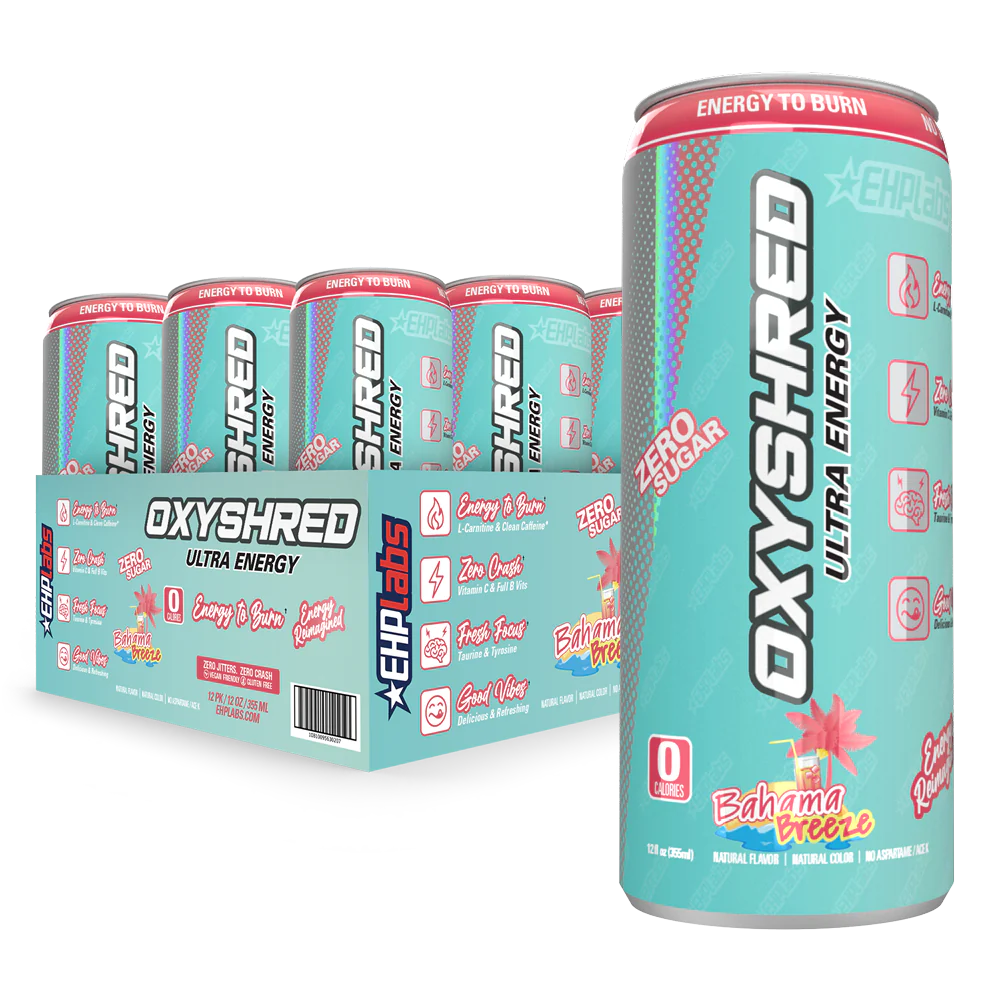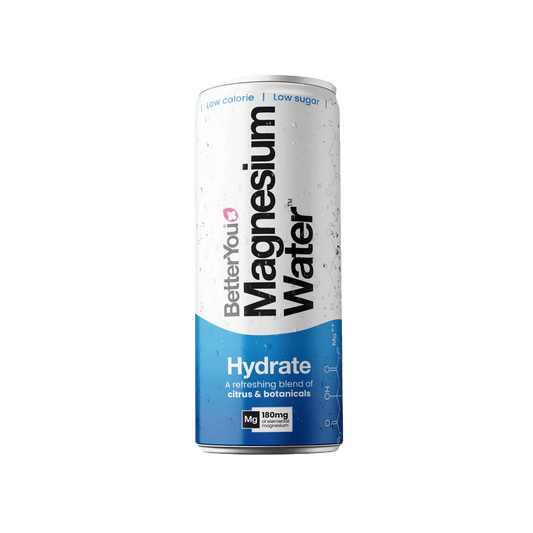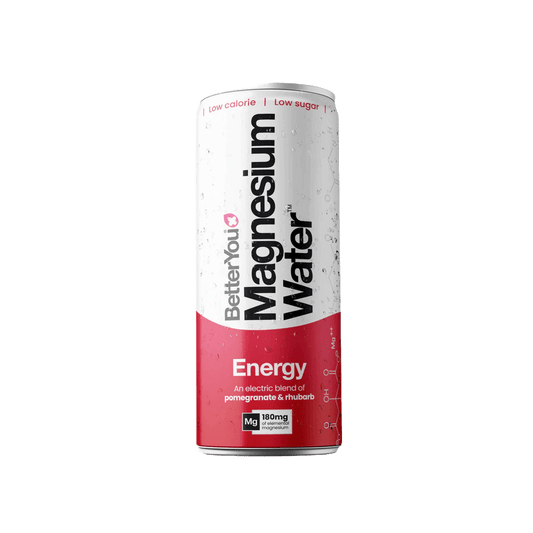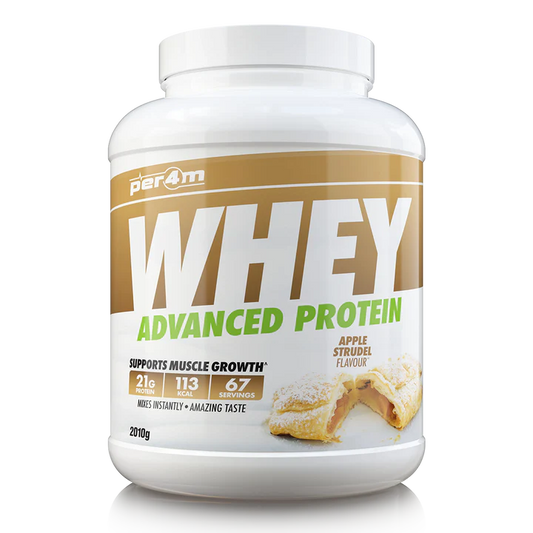When people talk about “cutting,” they often picture shredded abs, tighter T-shirts, and crisp jawlines. What they don’t imagine is the silent killer of progress—muscle loss. Anyone who’s ever dieted hard knows that staying lean while keeping strength isn’t as simple as eating chicken and running on caffeine. Cutting is a balancing act: burn fat without burning the muscle you’ve worked months (or years) to build.
That’s where smart nutrition and the right supplements step in. While there’s no miracle pill that melts fat and locks in muscle simultaneously, a well-structured supplement routine can dramatically reduce the risk of muscle breakdown during a calorie deficit. Let’s break down the science of what actually happens when you cut—and how specific supplements can help preserve your hard-earned muscle.
1. What Happens to Muscle When You Cut Calories
When you reduce calories, your body faces a tough decision: use fat or muscle for energy. Ideally, it should burn stored fat—but without the right balance of protein, micronutrients, and recovery, it often taps into muscle tissue instead.
This catabolic process happens when muscle protein breakdown exceeds muscle protein synthesis. Your training intensity stays high, but your fuel doesn’t match it. The result? You lose strength, fullness, and endurance.
To fight that, supplements can help create an anti-catabolic environment—where the body holds onto muscle, even while body fat drops. This involves supporting recovery, hydration, hormonal balance, and inflammation control.

2. Creatine: The Muscle Keeper During a Cut
Naughty Boy Prime Creatine isn’t just for bulking—it’s one of the best-researched compounds for preserving muscle during a cut. When calories drop, muscle ATP (the energy your muscles use to contract) depletes faster. Creatine helps replenish it, allowing you to maintain intensity and strength in the gym.
Creatine also increases cellular water retention inside muscles, which keeps them fuller and protects against the “flat” look that often comes during a deficit. More importantly, several studies show that creatine supports muscle protein synthesis—helping you hold onto lean tissue even when cutting deep.
Pro tip: Take 3–5 g daily, preferably post-workout or with your biggest meal to support absorption.
3. Protein: The Foundation of Muscle Retention
If calories are low, protein becomes your insurance policy. A high-quality whey like Per4m Advanced Whey Protein provides the amino acids your body needs to stay anabolic. The trick is to hit around 1.6–2.2 g of protein per kg of bodyweight daily, and a shake or two makes that target far easier.
During cutting, your body’s priority is energy—so without consistent protein intake, it starts breaking down muscle tissue to fuel itself. Fast-digesting whey isolates and blends like Per4m Advanced Whey deliver a quick amino hit that can be used for muscle repair rather than energy conversion.
Pro tip: Take a scoop 30 minutes post-workout or use as a meal bridge between lighter meals to keep nitrogen balance positive.
4. Why Omega-3s Deserve a Place in Every Cutting Stack
While omega-3s are often associated with heart and joint health, Supplement Needs Omega 3 plays an underrated role in protecting muscle during a cut. These essential fats lower inflammation, support insulin sensitivity, and improve recovery between sessions—meaning less risk of overtraining and hormonal crashes.
Omega-3s may even enhance muscle protein synthesis by improving cell membrane fluidity, allowing nutrients to flow in and waste to flow out more efficiently. Think of them as an internal recovery booster that keeps you performing when calories drop.
Pro tip: 2–3 softgels daily with meals to keep EPA + DHA levels high enough for real benefits.

5. Micronutrients Matter: The Multivitamin Link
When you’re in a calorie deficit, even small gaps in nutrition can lead to fatigue, low mood, or poor recovery. Applied Nutrition Multi-Vitamin Complex bridges that gap with a dense mix of essential vitamins and minerals—especially important when eating less variety of whole foods.
Deficiencies in magnesium, zinc, or B vitamins can reduce training drive, impair testosterone levels, and slow muscle repair. The solution is consistency—your supplement stack shouldn’t just focus on macronutrients like protein and creatine but also ensure your micronutrients are fully supported.
Pro tip: Take one serving daily with food—ideally breakfast—to replenish what a cut takes away.
✅ Recap of Part 1
So far, we’ve explored:
-
Why cutting can trigger muscle breakdown.
-
How creatine supports muscle energy and fullness.
-
The role of whey protein in maintaining muscle mass.
-
Why omega-3s are essential for inflammation and recovery.
-
How micronutrients from a good multivitamin keep your body resilient.
Products Mentioned in Part 1:
- Naughty Boy Prime Creatine
- Per4m Advanced Whey Protein
- Supplement Needs Omega 3
- Applied Nutrition Multi-Vitamin Complex
🔜 Part 2 will dive into:
-
How anti-inflammatory and organ-support supplements like Conteh Sports Organ Defence keep your metabolism healthy while cutting.
-
How to preserve strength and mood during a deficit.
-
Real-world supplement timing strategies for sustainable fat loss and muscle retention.
-
FAQs and actionable insights for your next cutting phase.
Can Supplements Prevent Muscle Loss While Cutting? (Part 2)
Cutting is a test of patience, precision, and recovery. By now, you know that protein, creatine, omega-3s, and micronutrients form the foundation of muscle preservation. But to truly hold onto strength and size during a calorie deficit, you need more than the basics — you need to manage stress, hormones, inflammation, and energy balance.
That’s where smarter supplementation comes in. Let’s dig deeper into how the right stack can help you cut fat without losing power, mood, or motivation.

6. The Hidden Stress of Cutting: Protecting the Body From the Inside Out
When calories drop, your body sees it as stress. Cortisol levels rise, testosterone often dips, and recovery slows down. This hormonal stress can quickly lead to muscle loss, weaker immunity, and reduced drive in the gym.
Conteh Sports Organ Defence is a standout here — it’s not just for liver support; it’s an overall systemic defence formula. It supports liver detoxification (key when your body is under physical and metabolic stress), aids kidney and immune function, and helps maintain healthy inflammation levels.
When your organs are running efficiently, everything else follows: digestion improves, protein absorption increases, and your energy systems run smoother. It’s a supplement most people overlook when cutting — but those who include it often report better sleep, mood, and consistency.
Pro tip: Take one serving with a main meal each day during cutting cycles to help the body process waste and stay balanced.
7. Maintaining Strength on a Calorie Deficit
Many lifters fear that cutting equals weakness — but that doesn’t have to be the case. The secret? Keep performance high, even if calories are low.
The combination of Naughty Boy Prime Creatine and Per4m Advanced Whey Protein creates the perfect one-two punch. Creatine maintains ATP levels (your muscles’ main energy currency), while whey protein provides the amino acids necessary for muscle repair. Together, they keep your power output high and your recovery fast enough to keep training intensity consistent.
This approach helps signal to your body that muscle tissue is still needed — the more you train with effort, the less likely your body is to cannibalize its own muscle mass for energy.
Pro tip: Don’t skip resistance training during a cut — it’s the single strongest trigger for preserving lean mass.
8. Sleep, Mood, and Motivation During a Cut
Sleep becomes your secret weapon during a calorie deficit. When sleep is short or restless, muscle recovery slows, cortisol spikes, and appetite regulation breaks down. That’s when your cravings hit hardest.
BetterYou Magnesium Water supports relaxation and recovery by aiding nervous system function and helping your muscles decompress after training. Magnesium is also a quiet MVP for mood regulation — a deficiency can worsen irritability, fatigue, and anxiety, all of which tend to creep up during cutting cycles.
Pairing magnesium with Supplement Needs Omega 3 gives you an anti-inflammatory recovery edge that helps with both soreness and mental calmness. You can’t underestimate the mental side of staying consistent while dieting — it’s as much about resilience as reps.

9. Micronutrients: The Unsung Heroes of the Cut
We already mentioned Applied Nutrition Multi-Vitamin Complex in Part 1, but it deserves another nod here because of its role in sustaining energy, hormonal balance, and immunity under dietary stress.
A calorie deficit often means fewer fruits, vegetables, and whole grains — which translates to reduced intake of vitamin C, zinc, and iron. Over time, that affects collagen synthesis, recovery speed, and even tendon strength. Regularly topping up micronutrients keeps your systems firing and reduces the risk of training-related fatigue or burnout.
Pro tip: Use your multivitamin as a base, not a backup. Even if you eat well, it ensures you stay in a nutrient surplus rather than skating on the edge of deficiency.
10. Recovery Is the New Growth Phase
Here’s the truth: your recovery determines how much muscle you keep. Every training session breaks down muscle tissue — recovery rebuilds it. The better your recovery, the higher your lean mass retention.
Post-workout nutrition should include:
-
Per4m Advanced Whey Protein for fast amino acid delivery.
-
Naughty Boy Prime Creatine for strength and fullness.
-
Supplement Needs Omega 3 for inflammation control.
Together, they create the ideal post-training environment: anabolic, hydrated, and anti-catabolic. If you’re serious about keeping every gram of muscle, treat recovery with as much importance as your training itself.
11. Can Supplements Replace Discipline?
No supplement replaces discipline — but the right stack can make discipline easier to sustain. Think of supplements as the reinforcement to your effort. They smooth out the rough edges of fatigue, mood, and recovery, giving you fewer excuses to skip sessions or meals.
The synergy between the right protein, creatine, omega-3, multivitamin, and organ support isn’t about replacing effort — it’s about enhancing consistency, and consistency is what drives results.

12. Common Mistakes During a Cut
Even with the right supplements, many people sabotage their results by:
-
Cutting calories too aggressively.
-
Overdoing cardio and neglecting weight training.
-
Skipping post-workout nutrition.
-
Underestimating sleep and hydration.
Your body thrives on balance. The goal of a cut is controlled fat loss while preserving lean tissue. If you underfuel or overstress, even the best supplement stack can’t save you.
The smarter approach: eat slightly below maintenance, keep protein high, lift hard, rest deeply, and use your supplement stack to support the gaps.
13. The Psychology of Cutting: Staying Focused When the Scale Doesn’t Move
A major reason people lose motivation while cutting is that the scale plateaus — even though their body composition is improving. Supplements like Creatine can slightly increase water retention, masking fat loss in the short term. But this isn’t a setback; it’s a sign your muscles are staying full and hydrated.
Focus on how you look, lift, and feel, not just what the scale says. Consistency beats speed every time.
14. The Bottom Line: Cutting Without Losing Strength or Size
You can’t cheat biology — but you can optimise it.
Supplements won’t do the work for you, but they can make the work more effective. They help you keep your strength, recover faster, and support your hormones and organs through a demanding phase.
If you want to cut smart without shrinking, your best allies are:
-
Creatine to sustain strength.
-
Whey protein to maintain muscle mass.
-
Omega 3 and magnesium to control inflammation and stress.
-
A complete multivitamin to fill nutritional gaps.
-
Organ support to keep your system running clean and efficient.
Together, they don’t just preserve muscle — they preserve performance.
FAQ
1. Does creatine help during a cut?
Yes — creatine helps preserve muscle mass, strength, and fullness by supporting ATP energy and hydration inside muscle cells, even during calorie restriction.
2. Should I still take protein shakes while cutting?
Absolutely. Protein shakes make it easier to hit your daily protein goal without adding unnecessary carbs or fats, crucial for lean muscle retention.
3. How fast can I cut without losing muscle?
Aim for no more than 0.5–1% of bodyweight loss per week. Rapid fat loss increases the risk of muscle loss.
4. Do omega-3 supplements actually help preserve muscle?
Yes — they help reduce inflammation and may enhance muscle protein synthesis, aiding recovery and retention.
5. Are BCAAs necessary if I already take protein?
Not always. If your protein intake is sufficient, BCAAs may be redundant, but they can help during fasted training.
6. Should I keep using creatine when cutting water weight?
Yes — the “water weight” creatine causes is intracellular (inside the muscle), not bloating. It supports muscle function, not fat gain.
7. Do organ support supplements matter when cutting?
Definitely. They help your body handle the metabolic stress of lower calories and higher training frequency.
8. Can supplements prevent all muscle loss?
No — but they can significantly reduce it. Diet, sleep, and training intensity remain the biggest factors.
Conclusion
Cutting is where discipline meets science. The right supplements don’t replace effort — they protect it. Each capsule, scoop, and shake is part of an armour that keeps your hard-earned muscle safe while the fat burns away.
If you train hard, rest properly, and build your supplement stack around proven essentials like creatine, whey, omega 3, multivitamins, and organ support, you’ll step out of your cut looking sharper, not smaller.





